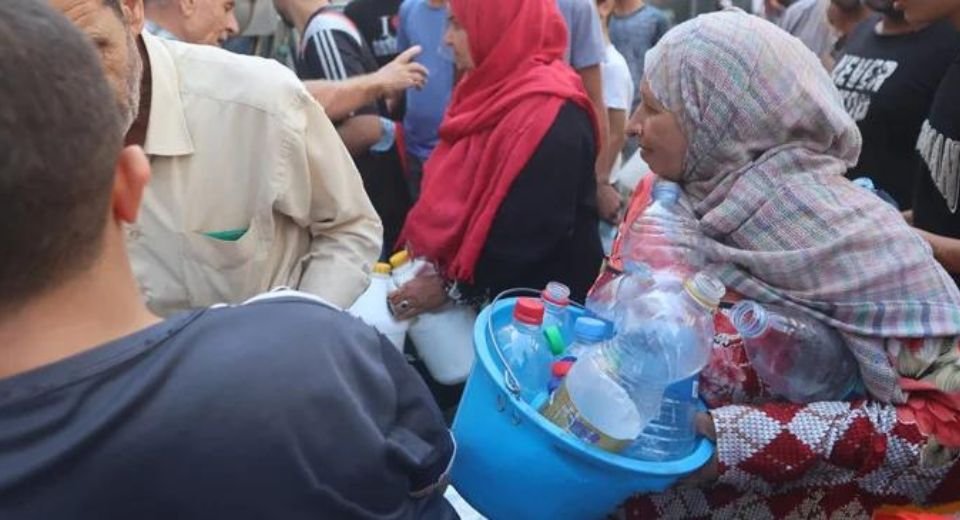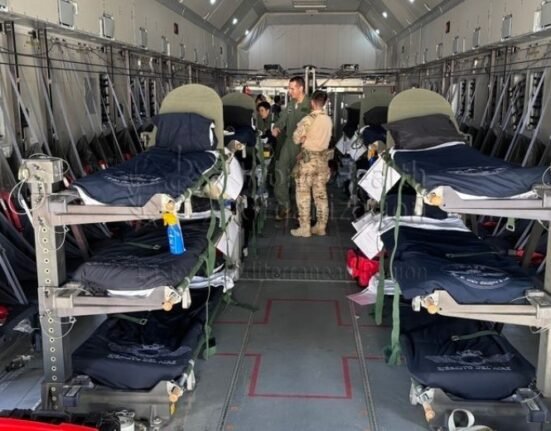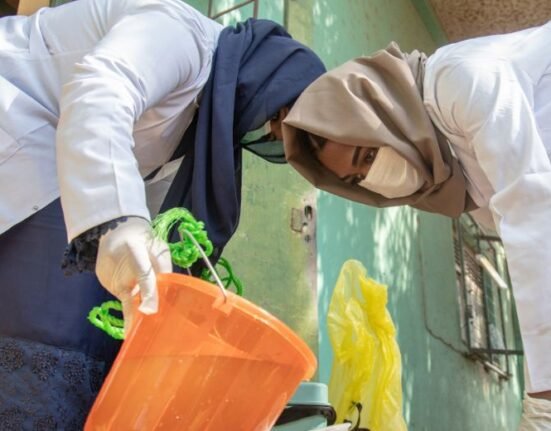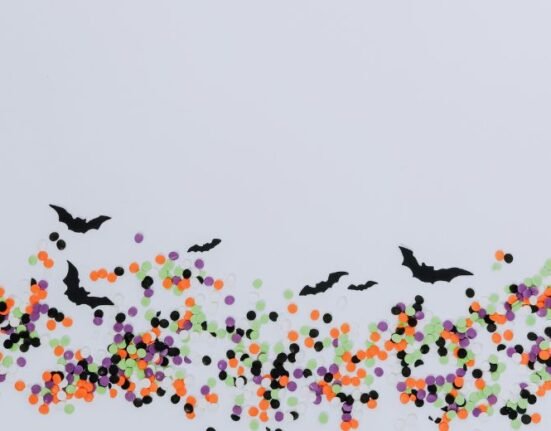HQ Team
January 1, 2024: As the conflict in Gaza rages on, a dual crisis emerges, with infectious diseases and hunger posing severe threats to the already vulnerable population. With Gaza’s health infrastructure shattered, global health organizations are racing against time to prevent widespread illnesses. Meanwhile, the World Health Organization (WHO) warns of “catastrophic levels of food insecurity,” painting a dire picture of the escalating humanitarian crisis.
No health facilities
In Gaza, the aftermath of the conflict has left the health system in shambles, making disease surveillance and prevention a daunting challenge. The war has resulted in over 100,000 reported cases of diarrhea, with rates among children surging to 25 times higher than pre-war levels. The deterioration of the public health system, previously effective despite an Israeli blockade, has exacerbated the situation, leaving the population more susceptible to infectious diseases.
Rick Brennan, the WHO’s Regional Emergency Director for the Eastern Mediterranean Region, emphasized the urgency of disease detection in this desperate situation. He noted, “It’s our way of detecting the emergence of diseases that can result in an epidemic very, very, very quickly.”
The conflict has not only disrupted disease surveillance but has also taken a toll on Gaza’s hospitals. Accusations of Hamas using medical facilities for military purposes have led to Israeli bombardment, leaving only a quarter of the hospitals partially functional. Doctors on the ground report challenges in treating infections, with limited resources and a lack of equipment for proper diagnosis.
There are no facilities for testing and diagnosis. Cases of severe diarrhea and respiratory illnesses are on the rise, highlighting the urgent need for medical intervention. Over 150,000 cases of upper respiratory infection have been reported, as well as numerous cases of meningitis, skin rashes, scabies, lice, and chickenpox. Hepatitis is also suspected because many people exhibit the tell-tale symptoms of jaundice, the global health agency said. There is no way to find out if there are any Covid cases raging around.
The challenging conditions in Gaza, including overcrowded shelters and inadequate sanitation, contribute to the rapid spread of infectious diseases. There is an acute water shortage and people are crammed into very small places with very little access to water. Hygiene and sanitation is both compromised leading to conditions ripe for rapid spread of diseases.
Food insecurity
The situation is further compounded by food insecurity, with an alarming 93% of the population in Gaza facing crisis levels of hunger, according to the Integrated Food Security Phase Classification (IPC) global partnership. Malnutrition is rampant, increasing the vulnerability of children and breastfeeding mothers to deadly diseases.
As global health groups intensify efforts to ramp up disease surveillance and provide humanitarian aid, the WHO has called for an immediate humanitarian ceasefire to address the growing crisis. The people of Gaza, already enduring immense suffering, face the imminent threat of starvation and diseases that could be preventable with a functioning health system.








